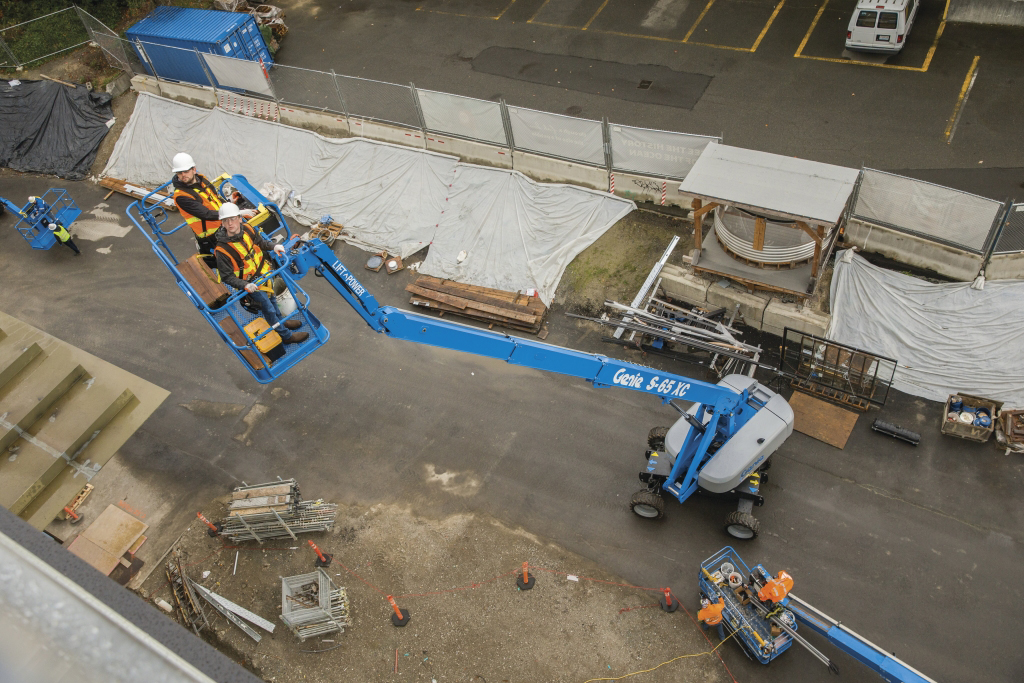What Is Range of Motion?
by Sean Larin - Product Manager On Aug 22, 2019, 03:00 AM
Subscribe To Aerial Pros
Filter by tags
Telescopic and articulating boom lifts rotate, elevate and extend multiple boom sections to help operators access difficult to reach worksites. The work area that each boom lift model can access is determined by the combination of its vertical height and horizontal outreach capabilities — commonly referred to as the boom’s range of motion, or working envelope.
Range of motion charts are available for each boom lift model in the Operator’s Manual stored on the machine and its specification sheet. These charts feature a 2-D picture of the arc-like area in which each boom is able to reach, laid over a graph that makes it easy to determine the unit’s access capabilities. The range of motion chart is an extremely valuable tool for selecting the best mobile elevating work platform (MEWP) for a jobsite application.
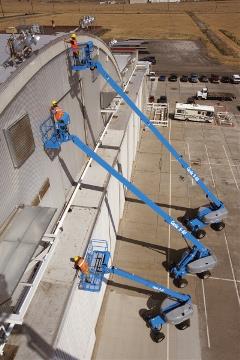
Model numbers often reflect the maximum vertical reach capabilities of a boom lift’s platform or deck. For example, The Genie® S®-60 XC™ model name designates a 60-ft telescopic boom. As a general rule of thumb, outreach for a telescopic boom was traditionally around 9 ft less than the platform height. However, it is vital that operators always reference the model’s range of motion chart and Operator’s Manual before starting work to help ensure they are working safely.
Many boom lifts that share the same basic specification, such as
platform height or horizontal outreach, can show significant differences in their range of motion. These have the potential to impact an operator’s productivity or ability to reach a specific work surface.
Although many boom lifts have a smooth arc shape range of motion, occasionally there is a “saw-tooth” shaped work envelope. Here, the operator may have to retract or reposition the boom in order to perform a successive task when moving along the outer edge of the working envelope. Another feature that can be found in a range of motion chart is whether a machine can perform below ground reach. This is important for certain applications such as bridge inspections, surface mining and general ground grading.
Increasingly, a range of motion chart may also provide additional guidelines for dual capacity work envelopes. Dual capacity boom lifts, such as the Genie Xtra Capacity™ boom series, offer both unrestricted and restricted platform weight capacity ratings dependent on the boom lift’s extension and position. Unrestricted platform capacity is the term used by most manufacturers to specify one platform weight capacity applicable for all areas within the machine’s range of motion. Restricted platform capacity is used by some manufacturers to specify platform weight restrictions for certain segments within the machine’s range of motion, most often at the furthest outreach area of a booms working envelope.
Range of motion charts for each model are available in the Operator’s Manual and specification sheets can often be viewed online at the manufacturer’s website. For Genie boom lifts, visit genielift.com.Related Posts
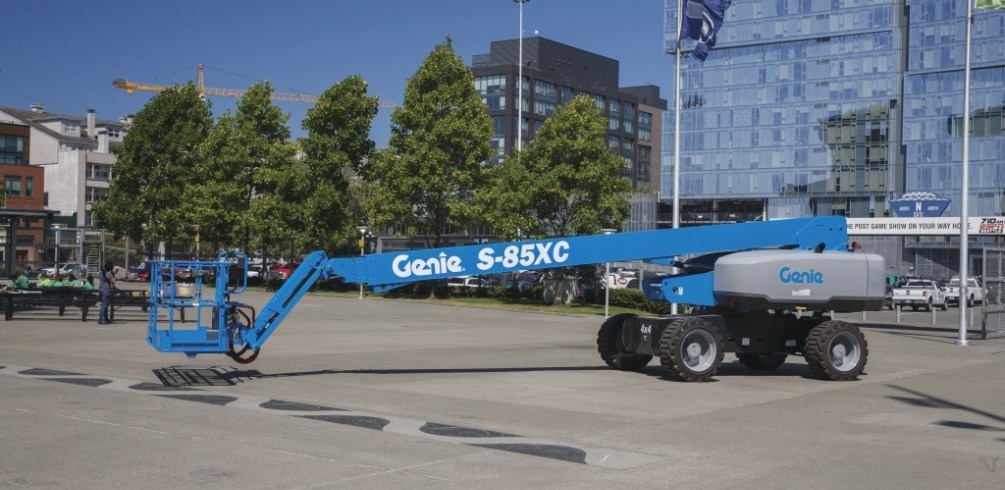
Is Boom Lift Range of Motion Becoming Like a Telehandler’s?
Due to upcoming industry-wide changes and more high-capacity machine choices on the market, operator knowledge of the total platform load requirements, as well as how the sloped terrain of the jobsite will impact operation, will now be equally as important to know as the required working height and maximum working outreach.
Continue Reading
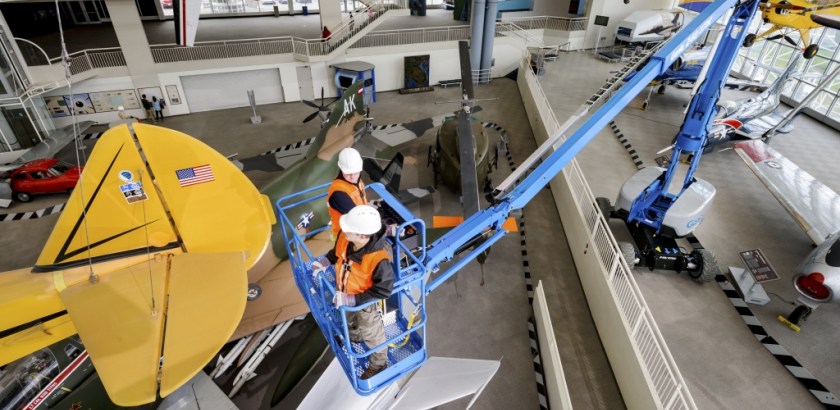
Selecting the Best Aerial Lift to Fit Your Jobsite Needs
While every jobsite has its unique challenges and requirements, there are a few key elements that will help you determine the best fit machine for the job.
Continue Reading
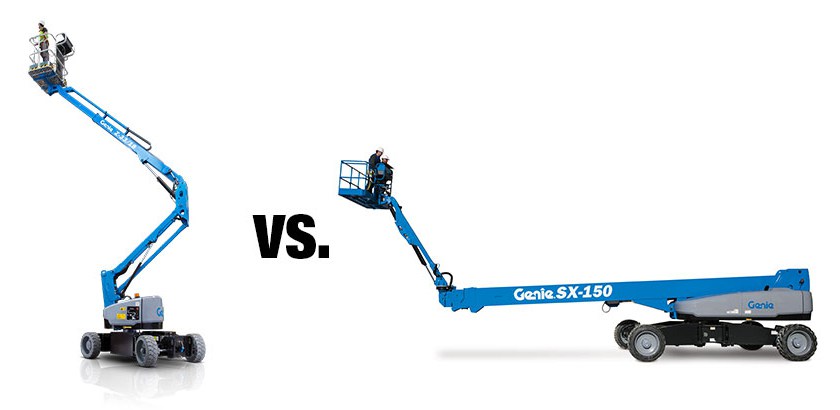
What is the difference between an articulating boom and a telescopic boom?
Aerial lift equipment is used in a wide range of industries on jobsites and in facilities around the world.
Continue Reading


